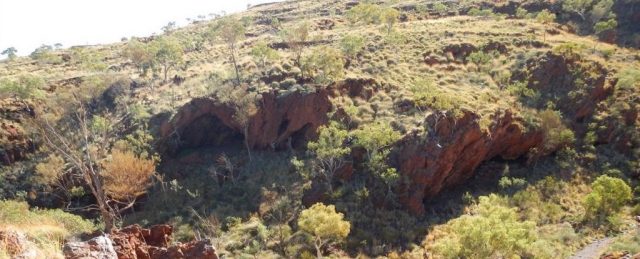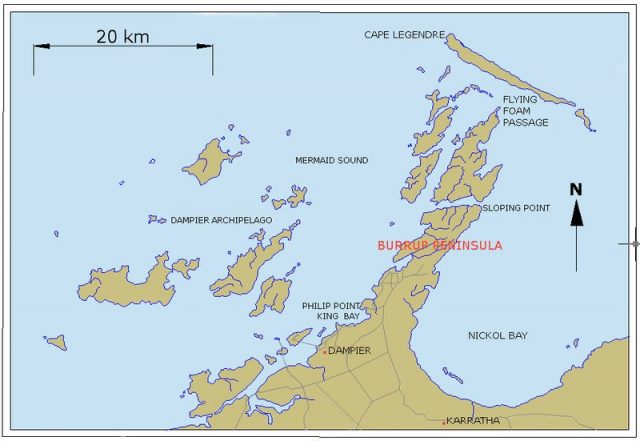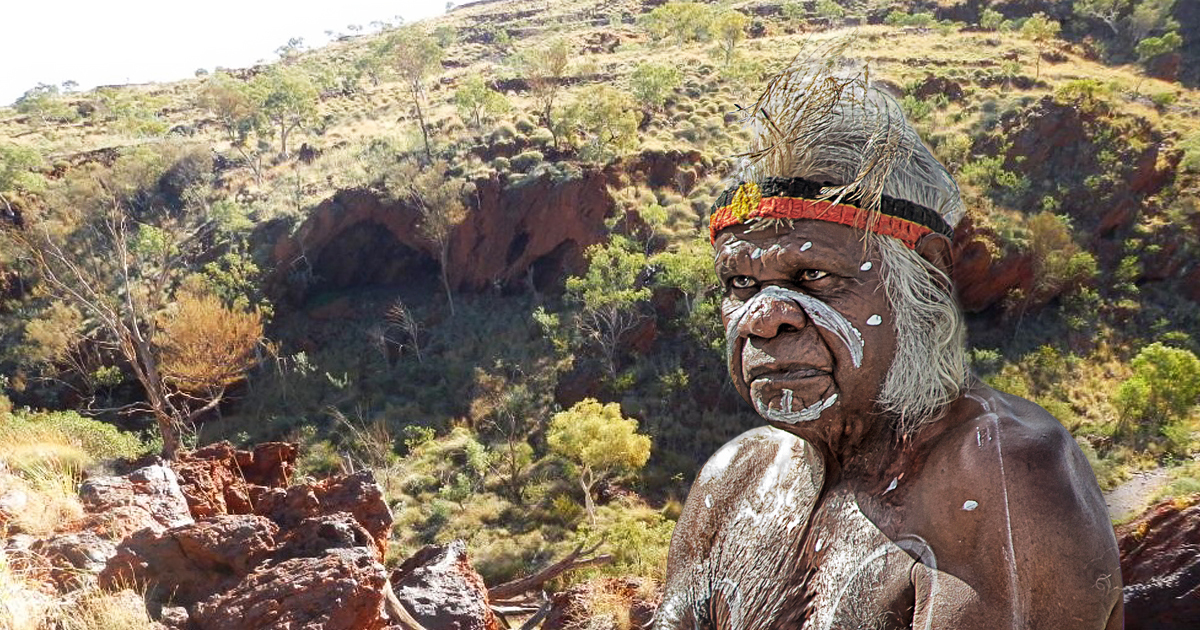A sad result of a mining operation in Australia has destroyed an Aboriginal site that is 46,000 years old. It is an archaeological treasure that many say deserved preservation, but the mining company was, legally at least, within its rights. Indigenous peoples the world over are part of the fight for change happening. There may be no more striking example of that fight against injustice than the mining blasts that occurred in Western Pilbara in Australia during the last week of May. The iron ore operation, owned by Rio Tinto, blasted a historic Aboriginal cultural site that is estimated to be 46,000 years old.
An area called the Juukan Gorge, 1 & 2, was blown up to make way for an expansion of the company’s mining interests in the region, in spite of the area’s significance to its traditional Aboriginal owners. The region contains evidence of human activity during, and continuing from, the last Ice Age. This recent incident is certainly not a one-time example of indifference to Aboriginal heritage sites being ignored by the Australian government.
Approximately seven years ago, ancient caves at Juukan Gorge were damaged by Rio Tinto. In 2014, an archaeological dig turned up artifacts in the area that proved conclusively that the region was much older than experts initially surmised. The Sydney Light Rail project is another example of construction that destroyed a site of tremendous significance to Australia’s Aboriginal people.

When construction was underway a few years ago, a large section was revealed to be an important Aboriginal heritage site — but by then it was too late. An MP in the area, David Shoebridge, told the Sydney Morning Herald at the time. “The whole site has been destroyed. We need to learn the lesson and change the law.”

Additionally, a gas project threatens the presence of ancient rock art on the Burrup Peninsula, in northwestern Australia. They are almost 37,000 rock carvings in jeopardy from the gas operation.

Unfortunately, many of these and other Aboriginal heritage sites lack the appropriate national heritage listing designation to protect them from development or destruction. Land owners are the folks whose names are on mining licenses, not the traditional Indigenous owners who’ve been on the land for centuries, long before the British settlers arrived.
For the recently destroyed Juurkan gorge, the true significance to archaeologists was discovered after consent had been issued and there were no provisions to go back and reverse the decision once this new information was uncovered. If a site has no national heritage listing, and federal legislation has no application, state laws apply. Such was the case here which had unfortunate results for the archaeological, not to mention Aboriginal, community.
Related Article: New evidence proves Aboriginal Australians are one of oldest cultures in the world
It is impossible to predict whether the global movement now afoot to provoke change to laws that do not protect Indigenous people and other minority groups will stop the so-called “progress” in Australia and other nations. It is too late for the heritage site at Western Pilbara, but perhaps it is not too late for so many of the other Aboriginal heritage sites in Australia, and many others like it right around the world.
